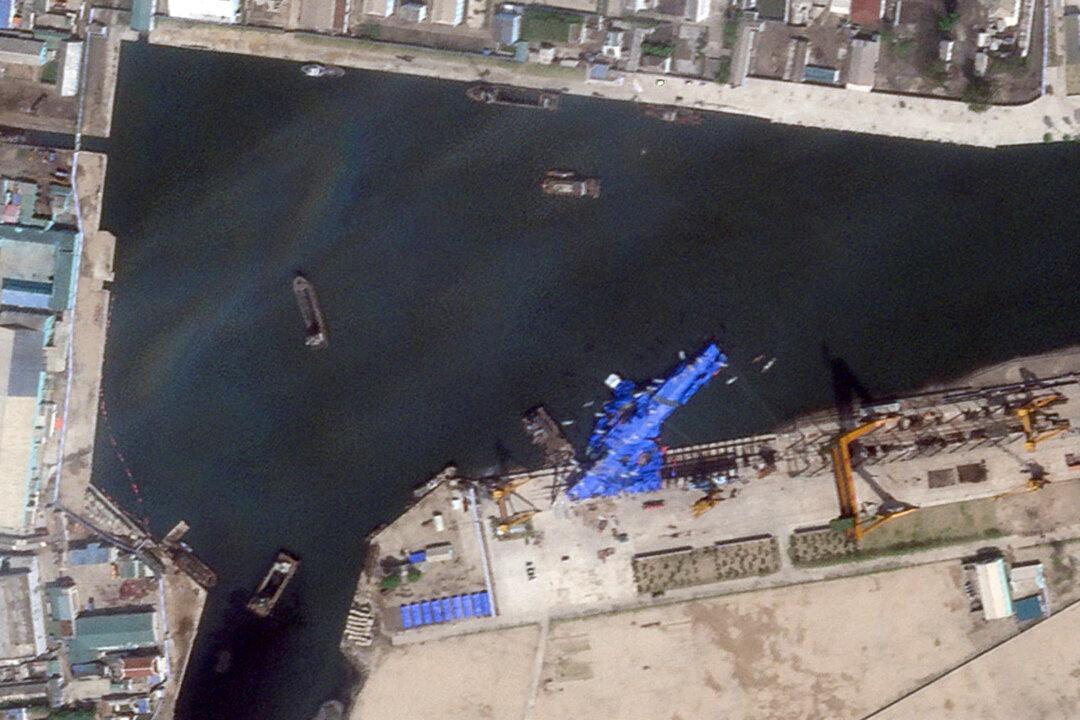North Korea’s recent unveiling of a nuclear-powered submarine underscores a strategic milestone with considerable implications for regional stability and global security dynamics. The vessel, prominently displayed by North Korean state media, is reported to be a substantial 6,000- to 7,000-ton submarine capable of deploying about 10 ballistic missiles, potentially equipped with nuclear warheads. This development clearly demonstrates Pyongyang’s determination to strengthen its nuclear deterrent through the pursuit of a credible second-strike capability. Nuclear-powered submarines offer significant strategic advantages because of their ability for prolonged submerged operations, enhancing stealth and making them notoriously challenging to detect and neutralize.

A new type of intermediate-range hypersonic ballistic missile is test fired at an undisclosed location in North Korea on Jan. 6, 2025. Korean Central News Agency/Korea News Service via AP
Commentary
Jihoon Yu is a research fellow and the director of external cooperation at the Korea Institute for Defense Analyses. Jihoon was the member of Task Force for South Korea’s light aircraft carrier project and Jangbogo-III submarine project. He is the main author of the ROK Navy’s “Navy Vision 2045.” His area of expertise includes the ROK-U.S. alliance, the ROK-Europe security cooperation, inter-Korean relations, national security, maritime security, and maritime strategy. He earned his M.A. in National Security Affairs from the U.S. Naval Postgraduate School and Ph.D. in Political Science from Syracuse University.
Author’s Selected Articles




